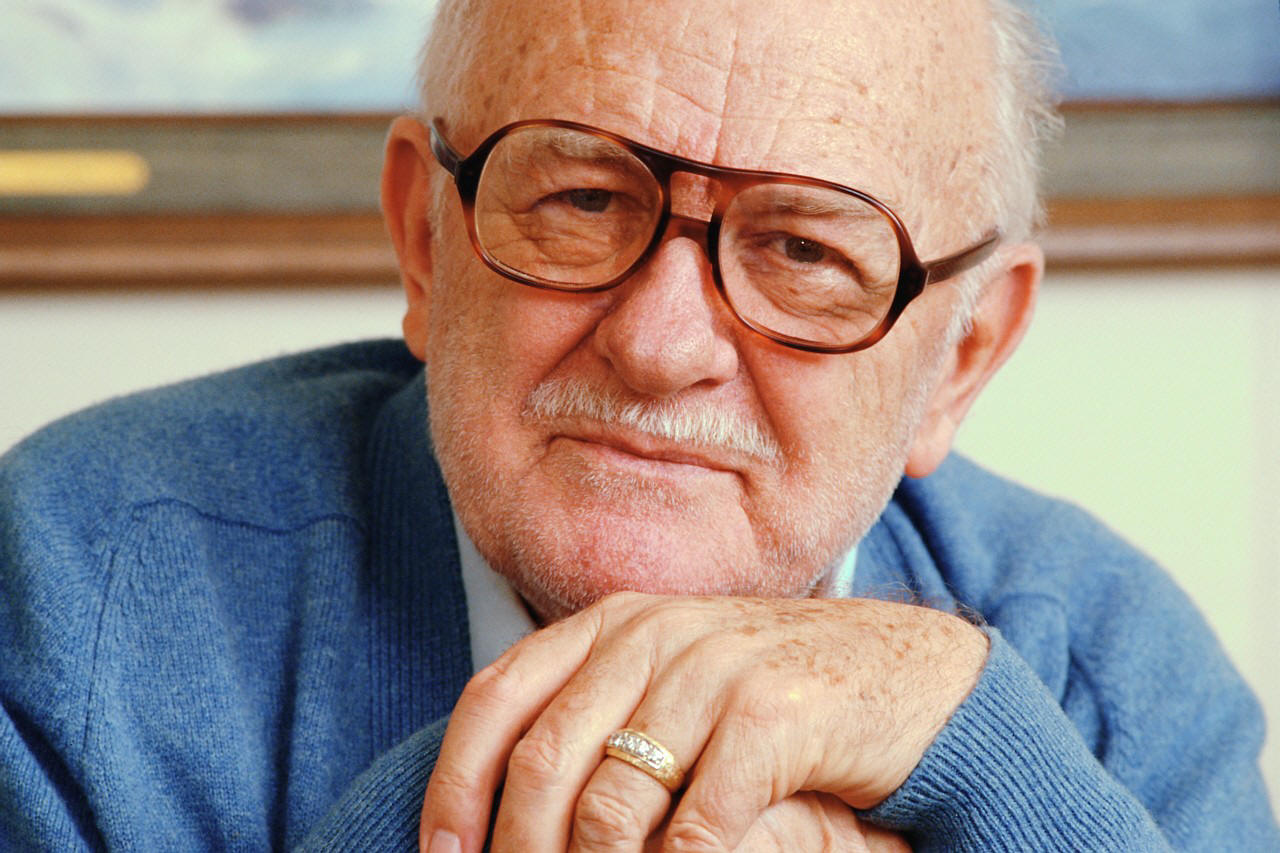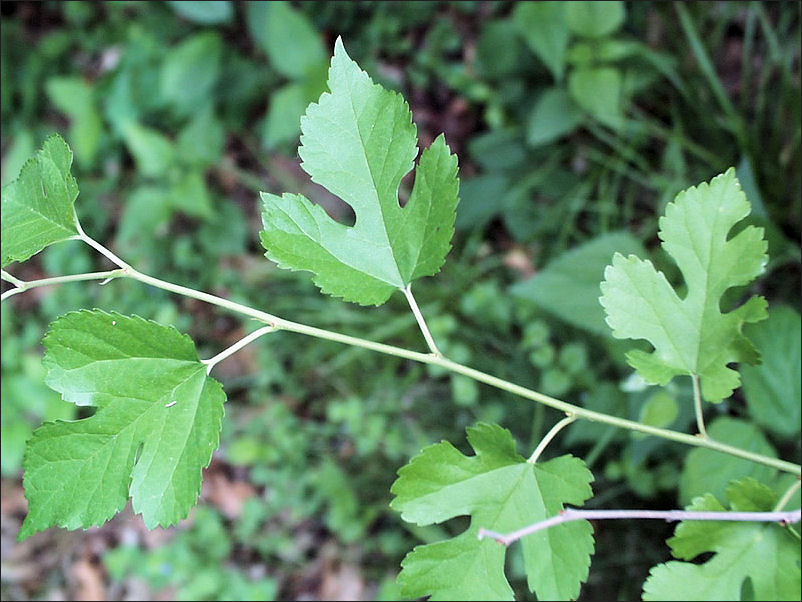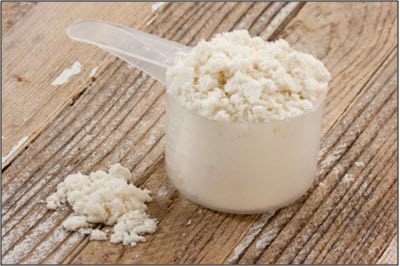
by admin | Jul 5, 2012 | Natural Facts, Newsletter thru 2013
Background Information: Hyaluronic acid (HA) is a glycosaminoglycan or GAG that acts as the intracellular cement or glue of connective tissue. As its name implies, connective tissue serves a “connecting” function in supporting and binding other tissues....
by admin | Jun 24, 2012 | Videos

by admin | Jun 20, 2012 | Natural Facts, Newsletter thru 2013
Background: Saw palmetto (Serenoa repens) is palm tree native to Florida. Numerous double-blind studies have shown an extract of the berries to significantly improve the signs and symptoms of an enlarged prostate or benign prostatic hyperplasia (BPH) – a...

by admin | Jun 14, 2012 | Natural Facts, Newsletter thru 2013
Background: The mulberry plant (Morus indica) is probably best known as food for silkworms, but it has also been highly regarded in traditional Chinese and Japanese medicine. Recent studies have shown that it possesses significant blood sugar lowering effects as it...

by admin | Jun 7, 2012 | Natural Facts, Newsletter thru 2013
Background: In short-term studies with subjective assessment of hunger and satiety, dietary protein has been shown to be more satiating than fat or carbohydrate intake. However, not all longer-term studies showed that increased protein intake improved body weight or...







